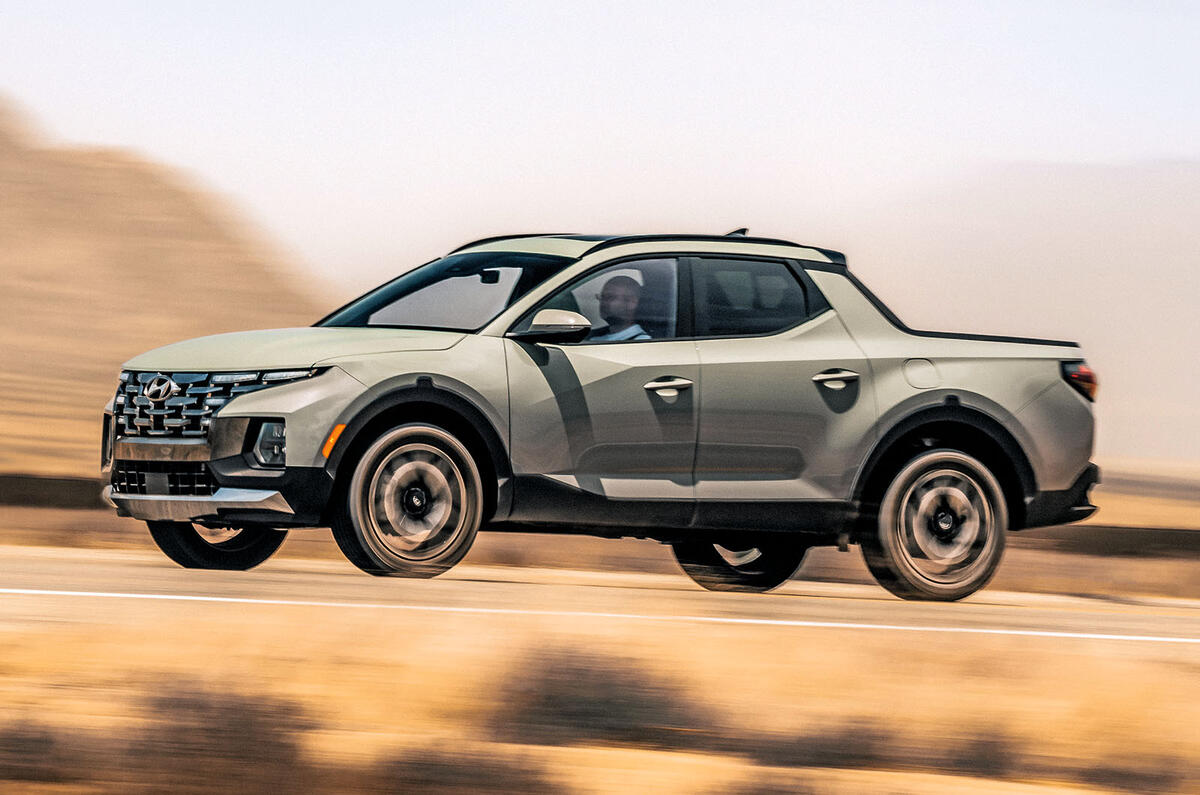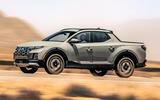A lone black mailbox alongside the Extraterrestrial Highway is stuffed with letters addressed to aliens the American government supposedly keeps captive inside Area 51, the world’s least secret secret military base.
Bathed in the summer heat alongside Nevada’s highway 375 – officially renamed the Extraterrestrial Highway in 1996, because why waste a tourist opportunity? – you can see why the military would pick this part of the country to build a secret airbase, whether for holding aliens or ‘just’ to test new jet technology.
There is mile upon mile of nothing save for a circle of impenetrable hills made for concealment.
In the distance, a vehicle kicks up dust, heading our way. One of the base’s gates, and said to be how most civilian workers arrive for their shifts, bussed in from a town nearby (though distances are relative), is a good 20 minutes’ drive off the highway, along a dirt road.
The indistinct cloud of dust becomes a large white SUV as it nears, and eventually arrives at the roadside mailbox. A large sticker on the side reads ‘Scenic Photographic Tours’. A family emerges and starts taking photos.
The gate is about eight miles away, along two dirt tracks, the tour guide tells us, and if you want to go for a look, “they know you’re coming”. ‘They’ is used in the manner everybody does to describe a faceless, perhaps sinister, bunch of people in authority. Them. They. Not us. Among online Area 51 enthusiasts, base guards are often dubbed ‘camo dudes’.
Anyway, ‘they’ have got “seismic meters and cameras”, the guide says, which seems like overkill given that a camo dude wouldn’t even have to lift his aviator shades to spot the plume my Hyundai Santa Cruz would kick up. But if we do go to the gate to take some pictures, even simply standing there might leave ourselves open to remote digital interrogation, I’m warned. “I’ve had people who’ve had camera phone pictures automatically deleted,” the guide says.



















